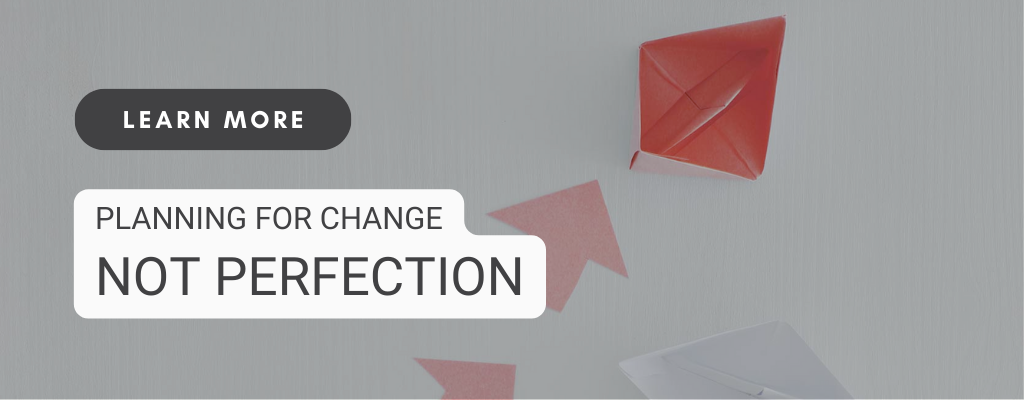Recently I attended an event called, “Synergy in the Sciences to Support Literacy Instruction” hosted by Lexia Learning. It was a small round table discussion, including higher education leaders, researchers, politicians, policymakers, and district administrators. As the Chief Learning Officer of Scholarus Learning, I was there to provide inputs on how change might be implemented since Scholarus works with thousands of schools providing consulting, surveys, and custom curricula. Scholarus is currently assisting a state implement a certification program for over ten thousand teachers each month on the Science of Reading, so we are seeing impactful approaches at a state level and at the individual teacher level.
Barriers to Shifting Instructional Practices within a School System
This post is not intended to further contribute to the effectiveness of Science of Reading or Balanced Literacy, but instead to provide recommendations on how to make effective change and shift practices within the school system. There have been many debates in education I’ve been exposed to including those about blended learning, personalized learning, push-in interventions, block scheduling, math strategies, etc. With each of these debates, it’s too common for one group to try to debunk the evidence or practices of another group. Consistently in these debates, we hear caveats about the need for highly skilled teachers, better job-embedded professional development, and changes to teacher education programs. Once there’s some agreement about wanting to make a change, then there’s further discussion as to why it’s impossible due to bell schedules, lack of prep time, or change occurring in leadership and state policies. These common arguments often block the ability to make real transformational instructional shifts, but they are a way to overcome these barriers.
How to Make Changes to Instructional Practices at Scale
The question my co-author, Chelle Minnihan, and I are trying to tackle here is, what’s the best way to make changes to instructional practices at scale? Too often, these debates around the best instructional strategy or approach make a critical and always erroneous assumption that a proposed implementation will be executed in relatively perfect conditions, e.g. equally well trained teachers, consistent time for teachers to hone their skills, and students performing at relatively tight skill levels and with strong degrees of engagement. Unfortunately, the reality is that implementing change at scale is often done in imperfect and often disjointed conditions.
It’s been our observation that to change practices at scale quickly, like switching from Balanced Literacy to Science of Reading, three conditions must simultaneously exist to maintain the necessary momentum in the flywheel of a school system.1
- A teacher’s environmental and mental conditions must be right. How many of us have tried a new program like a diet? Sometimes it works and sometimes it doesn’t. It’s not specifically the diet (although we blame the diet) but it has to do with the situational conditions which make us open for that change to happen, e.g. starting a diet at the end of November vs starting in the Spring before the Summer.
- Opportunities for cohorts to practice together in non-stressful conditions are key. Trying to implement new practices in a classroom can often feel too hard, too high stakes, and too complex due to challenging conditions, making it difficult to practice with intention. Just like teaching reading, it’s hard for teachers to implement deliberate practice of the Science of Teaching Reading with so many variables in the classroom. One way to reduce variables is to practice new strategies with a small group or PLC.
- Creating strategies to institutionalize programs to be resilient to leadership changes can ensure program sustainability and impact. Year over year, there are always many leadership changes in school systems and funding gets re-prioritized, causing prior-year programs to fall apart. We observe that work at the state level can often be more successful in making change, and have demonstrated resilience to changing leadership at the local level. In our work with Texas Education Agency’s Reading Academies, we have seen that prioritizing a program over multiple years is the best way to ensure it lends itself to desired outcomes over time. The Reading Academies program is in its third year of statewide implementation. Each year, data from multiple constituents drove changes in strategy, but not in overall vision. The goal continues to be for all elementary school teachers to become skilled in the Science of Teaching Reading, and with each iteration, the Agency gets closer to achieving that goal.
New Instructional Approaches Require Small Habit Changes
In talking with reading specialists working with teachers trying to make the shift to the Science of Reading, we’ve found breaking down strategies to smaller tasks and accessible concepts is the key to having teachers give a new approach a try. In many ways this reminds me of the concepts in James Clear’s book, Atomic Habits.
The tips may look something like this:
- Stop using the three cueing system. Students should keep their eyes on the word and sound it out. Give students clues about tricky parts of words if they are stuck. For example, if they are stuck on the word play, tell them the /ay/ in that word.
- Replace leveled text with decodable text for students who are still learning how to decode - typically K-2.
- Teach phonics explicitly and systematically. If your current ELA curriculum does not have a phonics progression, locate one online and teach phonics in that order.
Change Happens in Imperfect Conditions
As much as we know that students need differentiation and each student comes from a different context, our teachers also have different experiences and each district has different operating procedures to be considered. An expert consultant can help schools design a unique implementation approach that will be effective to make the desired instructional change and allow it to be executed within the conditions of the system. Change happens in imperfect conditions, and we need to understand the conditions before we try to implement the change. We need to remind ourselves that we need to build buy-in among our teams to build support and understanding of the change that needs to happen. It’s very hard to change behaviors without an initial understanding of the why of the change. When you are ready to implement, remember that good implementations require discipline and should be measured to understand their impact. We often see failure of implementation where there is poor understanding of the conditions and engagement. Tools like the Tripod 7Cs can help measure change by looking at engagement from seven different categories.
Credits:
We would like to thank Tracy Minnihan from North Grove Elementary in IL and Heidi Zollman at Rochester School District in NH for their thought partnership and sharing of experiences from implementing the Science of Reading.
-----
1 Jim Collins introduces the concept of a flywheel in his book, “Good to Great”. Lance Pepler describes it in the article “The Amazing Flywheel Effect”.





